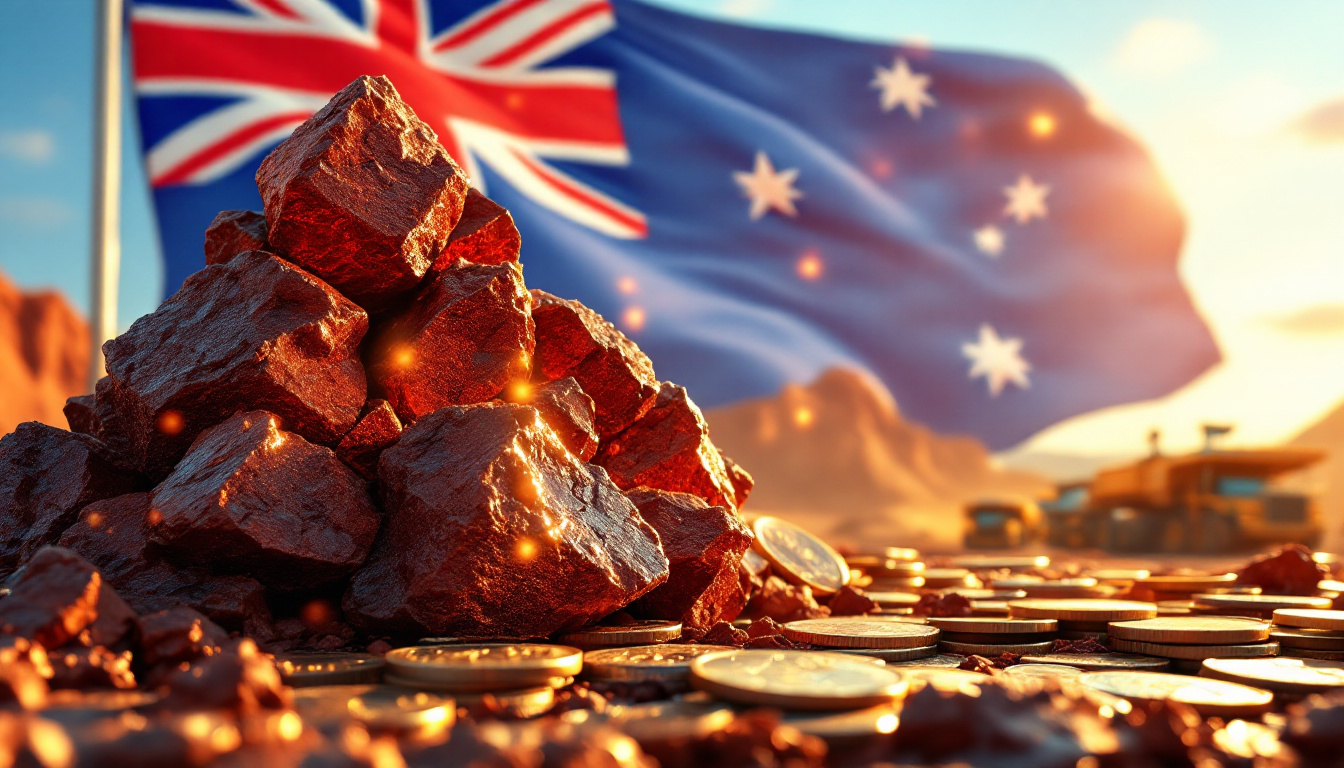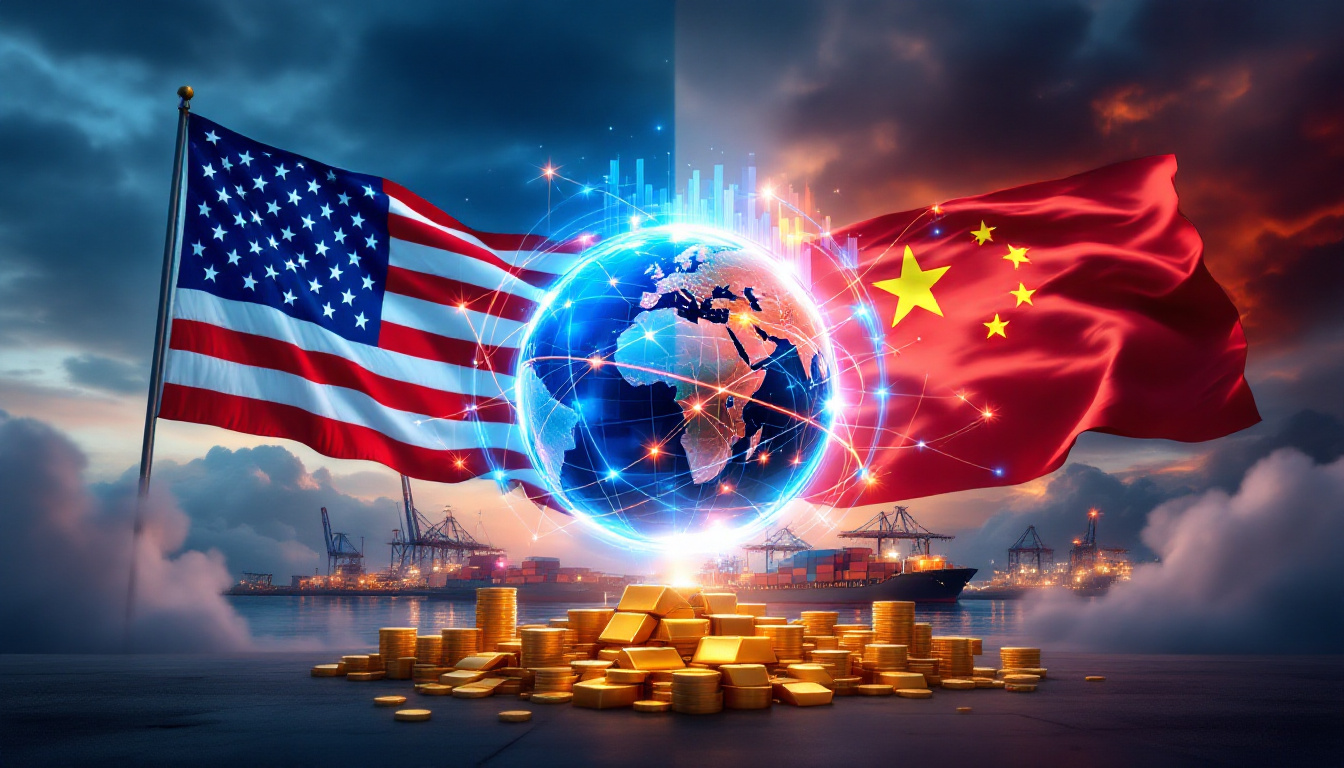Understanding Chinese Aluminum Tariffs and Global Market Dynamics
The imposition of US tariffs on Chinese aluminum has reshaped global trade dynamics, prompting strategic adaptations from Chinese producers while fueling debates over market fairness and environmental sustainability. Despite tariffs exceeding 10% on aluminum products under the Trump administration, China's export volumes grew by 15% year-over-year in 2024, driven by demand in Southeast Asia and the Middle East. Major firms like China Hongqiao Group Limited have accelerated overseas investments, commissioning smelters in Indonesia and Malaysia to bypass trade barriers. Meanwhile, the European Union's Carbon Border Adjustment Mechanism (CBAM) has pressured Chinese manufacturers to adopt greener technologies, with 40% of China's primary aluminum production now powered by hydropower. This report analyzes the interplay of Trump's commodity reshaping policies, market responses, and environmental imperatives shaping the aluminum industry.
What Are the Current US Tariffs on Chinese Aluminum?
History of US Aluminum Tariffs
The Trump administration's 2018 Section 232 tariffs imposed a 10% duty on aluminum imports, targeting China's alleged overproduction. These were supplemented in 2025 with product-specific tariffs of up to 25% on aluminum extrusions, citing national security concerns. By contrast, the Biden administration (2021–2025) initially paused tariff escalations but reinstated measures after Chinese exports to the US surged by 22% in late 2024. The current tariff structure reflects a bipartisan consensus to protect domestic producers like Alcoa, which operates at 80% capacity despite global oversupply.
Trump Administration's Trade Policy Approach
President Trump's 2025 executive order expanded tariffs to cover downstream products, including aluminum auto parts and packaging materials, aiming to curb China's 65% share of global semi-fabricated aluminum exports. The policy aligns with the "America First" agenda, prioritizing domestic job retention in states like Pennsylvania and Ohio, where aluminum employment has declined by 12% since 2020. Critics argue these measures inadvertently benefit Chinese firms by incentivizing value-added product diversification, such as China Zhongwang's high-margin aerospace-grade aluminum.
How Are Chinese Aluminum Producers Responding to Tariffs?
Continued Overseas Expansion Plans
Despite mounting trade barriers, Chinese aluminum giants continue aggressive international growth strategies. China Hongqiao Group has invested $6.3 billion in Indonesian smelting facilities, creating production capacity of 2 million tons annually—effectively transferring 18% of their domestic capacity offshore. Similarly, Xinfa Group's Malaysian joint venture commenced operations in early 2025, adding 800,000 tons of annual capacity strategically positioned outside the reach of US tariffs. These overseas facilities utilize cutting-edge technologies that reduce production costs by approximately 15% compared to older Chinese plants.
Market Diversification Strategies
Chinese exporters have reduced US-bound shipments from 18% to 9% of total exports since 2022, pivoting to markets like Vietnam (+37% YoY) and Saudi Arabia (+29% YoY). Henan Mingtai Aluminum now allocates 60% of its $2.1B export portfolio to solar panel frames and EV battery casings, sectors exempt from EU carbon tariffs. This shift underscores China's strategy to dominate emerging green industries, leveraging global commodities insights to develop integrated supply chains that undercut Western rivals by 20–30% on production costs.
Why Are Chinese Producers Unfazed by US Trade Barriers?
Global Demand Dynamics
The resilience of Chinese aluminum producers stems largely from robust demand in non-US markets. Construction booms in Southeast Asia are driving aluminum consumption at 7.8% annual growth rates, while India's infrastructure development has increased aluminum imports by 32% since 2023. The EV revolution has been particularly beneficial, with battery enclosure demand creating a new 1.2 million-ton market segment virtually overnight. Chinese manufacturers have captured 74% of this high-growth category by rapidly developing specialized alloys optimized for thermal management.
Competitive Advantages of Chinese Producers
China's aluminum sector benefits from state-subsidized electricity costs averaging $0.04/kWh, compared to $0.12/kWh in the US. Advanced smelting technologies, such as Xinfa Group's 600kA electrolytic cells, reduce energy use by 15% per metric ton. Additionally, the "Dual Circulation" policy provides tax rebates of up to 13% for firms expanding overseas, enabling projects like East Hope Group's $1.8B Indonesian smelter.
What Is the Scale of China's Aluminum Export Industry?
Production and Export Statistics
China dominates global aluminum markets with 57% of world production capacity, totaling 40.3 million metric tons in 2024. Despite tariffs, export volumes reached 6.7 million tons in 2024, marking a five-year high and representing approximately $21.8 billion in value. Year-over-year export growth has averaged 12.3% since 2022, with particular acceleration in semi-fabricated products that often avoid the highest tariff rates. This growth trajectory contradicts predictions that trade barriers would significantly curtail Chinese export volumes.
Key Export Categories and Products
The composition of Chinese aluminum exports has shifted dramatically toward higher-value products. Extrusions for solar mounting systems now constitute 23% of exports, while automotive components represent another 18%. The fastest-growing category—specialized aluminum foil for lithium-ion battery packaging—has expanded at 41% annually since 2022. These value-added products generate profit margins 3-4 times higher than primary aluminum, insulating Chinese producers from price volatility while circumventing the highest tariff brackets.
How Are Global Aluminum Markets Responding?
Price Effects and Market Disruptions
Chinese overseas expansion has triggered regional price disparities, with Southeast Asian aluminum trading at $2,250/ton compared to $2,950/ton in North America during Q1 2025. These differentials create arbitrage opportunities that have altered traditional trade flows, with Mexican remelters importing Chinese aluminum before re-exporting finished products to the US. Primary aluminum producers face particular pressure, with global capacity utilization dropping to 78% despite Chinese facilities operating consistently above 90%.
Competitor Reactions to Chinese Expansion
European producers have lobbied for stricter CBAM enforcement, proposing a $95/ton carbon levy on imports by 2027. Meanwhile, India's National Aluminum Company (NALCO) plans to double production to 2.2M tons by 2026, targeting price-sensitive markets in Africa. According to a China mineral export impact analysis, these efforts face challenges: Chinese recycled aluminum now costs $2,150/ton, 18% below global averages, due to centralized scrap processing hubs in Guangdong.
What Are the Environmental Implications of Shifting Production?
Carbon Footprint Considerations
The relocation of Chinese aluminum production creates complex environmental tradeoffs. While new overseas smelters average carbon emissions of 11.5 tons CO2 per ton of aluminum (compared to 14.2 tons in older Chinese facilities), their expansion contradicts global decarbonization goals. Indonesia's aluminum sector emissions have tripled since 2022, with 82% of power for Chinese-owned smelters derived from coal. Meanwhile, European producers operating at 6.7 tons CO2 per ton struggle to compete, raising concerns about "carbon leakage" as production shifts to less regulated environments.
Sustainability Initiatives in Chinese Aluminum
China's pledge to achieve carbon neutrality by 2060 has spurred investments in carbon capture systems at smelters, with Chinalco piloting a facility that reduces emissions by 500,000 tons annually. However, overseas projects face scrutiny—HydroHydro's Indonesia venture reportedly increased deforestation rates by 9% in Kalimantan.
How Might Future Trade Policies Affect the Industry?
Potential Policy Developments
The WTO's pending ruling on US tariffs (DS564) could mandate $3.4B in compensatory measures if violations are found. Conversely, US-EU negotiations may establish a "Green Aluminum Club" with preferential tariffs for low-carbon producers, potentially excluding Chinese firms. The ongoing commodity super cycle is further complicating forecasts, as demand for aluminum in clean energy applications surges despite tariff tensions.
Industry Adaptation Strategies
Forward-thinking Chinese producers are preparing for multiple trade scenarios. Yunnan Aluminum has invested $320 million in enhanced recycling technologies that reduce carbon emissions by 95% compared to primary production. This positions the company to meet stringent environmental standards while achieving a 22% cost advantage over comparable Western facilities. Similarly, China Zhongwang has formed joint ventures with European extruders, potentially allowing access to EU markets regardless of future tariff structures.
FAQ: Chinese Aluminum Tariffs and Global Markets
What percentage of Chinese aluminum exports go to the US market?
The US market now accounts for approximately 9% of Chinese aluminum exports by volume, down from 18% in 2022. This reduction reflects a deliberate diversification strategy rather than tariff effectiveness. The absolute volume of exports to the US has remained relatively stable at around 600,000 tons annually, though the product mix has shifted toward high-value categories with lower tariff exposure. Industry analysts implementing geopolitical investor strategies project further declines in US market share to approximately 6% by 2027 as Chinese producers continue prioritizing faster-growing regions.
How are Chinese aluminum producers financing overseas expansion?
Chinese aluminum giants leverage multiple funding sources for international growth. State-owned banks provide subsidized loans at rates averaging 2.8% for overseas projects compared to commercial rates of 5-6%. The China Development Bank alone allocated $4.2 billion to aluminum sector internationalization in 2024. Additionally, the Belt and Road Initiative has directed $8.7 billion toward aluminum infrastructure projects across Southeast Asia since 2020. For private firms like China Hongqiao, international bond issuances have proven effective, with their $2 billion "green aluminum" bond oversubscribed by 3.4 times in 2024.
What alternative markets are absorbing Chinese aluminum exports?
Vietnam has emerged as China's primary aluminum export destination, with import volumes surging 37% year-over-year to reach 920,000 tons in 2024. Indonesia, despite hosting Chinese production facilities, imported 780,000 tons of specialized alloys unavailable domestically. The Middle East represents the fastest-growing market, with UAE imports increasing 48% annually, driven by construction demand for the Neom megaproject in neighboring Saudi Arabia. Notably, Chinese firms have captured 62% of India's premium aluminum market despite 15% import duties, highlighting their competitive advantage in high-specification products according to recent tariff impact analysis.
Want to Stay Ahead of Major ASX Mineral Discoveries?
Discover significant investment opportunities before the market with Discovery Alert's proprietary Discovery IQ model, delivering real-time notifications on ASX mineral discoveries that could generate substantial returns. Explore our dedicated discoveries page to understand how major mineral findings have historically delivered exceptional market performance.




